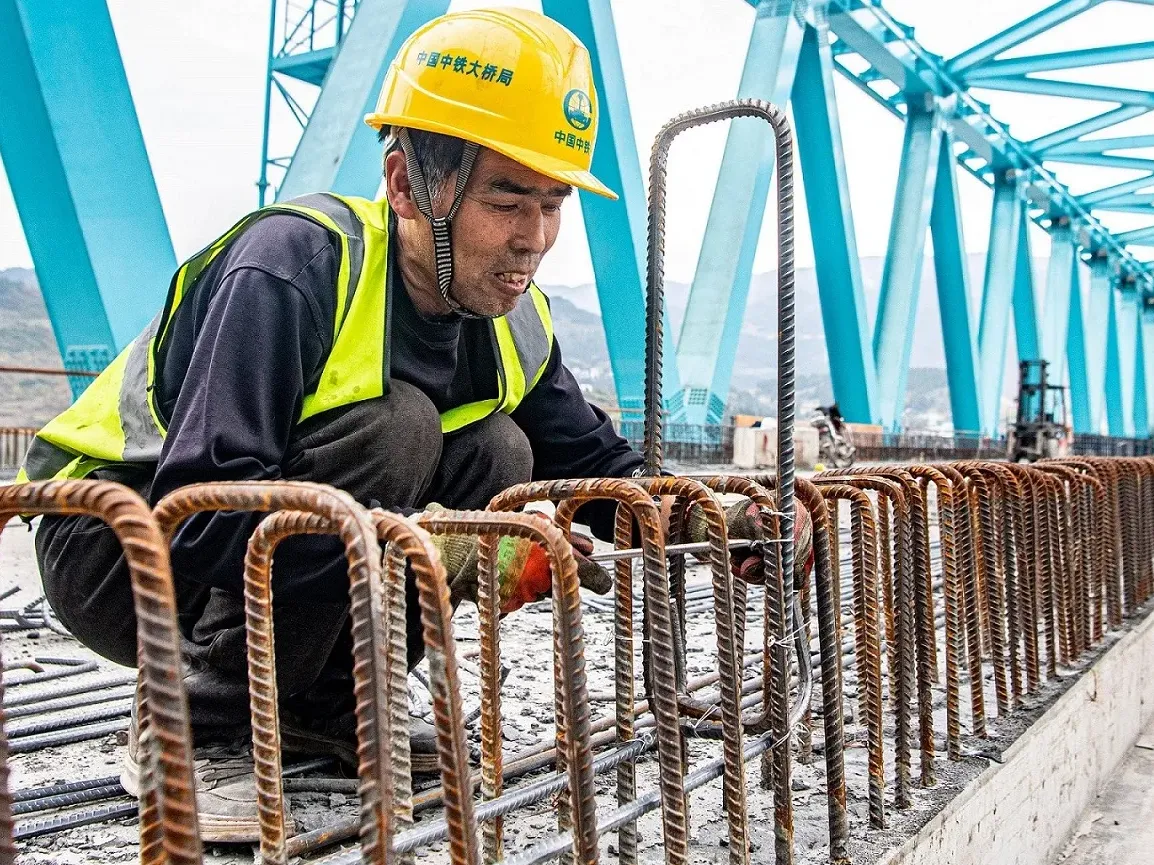- Located in the Guangxi Zhuang Autonomous Region and Guizhou Province, the project includes the main line and related works
- The total length is 312.62 kilometers, of which 300.4 kilometers of new lines and 11.28 kilometers of the second line of Nan-Kunming Railway

In the context of accelerating economic recovery, transportation infrastructure investment has become the focus of attention. On July 26, 2023, it was learned that a few days ago, the Ministry of Ecology and Environment issued the "Reply to the Environmental Impact Report on the new Yellow Bucket to Baise Railway" (Environmental Audit (2023) No. 76), and the Yellow bucket to Baise railway environmental assessment report was officially approved, laying a solid foundation for the full construction of the project before the end of the year.
Eia approval is a prerequisite for the approval of the preliminary design of the project, the next step will enter the internal review procedure of the initial approval of the National Railway Group, and the preliminary design of the project is expected to be approved in the near future.

The Huang-Bai-Bai Railway has been included in the "Master Plan for the Western Land-Sea New Corridor" and the "14th Five-Year Railway Development Plan" and other national plans, and is an important part of the Western route of the Western Land-Sea New Corridor. It is a main line railway for freight transport and passenger transport.
The planning and construction of Huangbai-Bai Railway is of great social significance to speed up the construction of new land-sea passage in the west, improve the layout of regional road network, and promote the coordinated development of regional economy. After completion, it will become the most convenient passageway for Chengdu-Chongqing twin city economic circle and the southwest and northwest regions to reach the sea.
According to the Reply:
Located in the Guangxi Zhuang Autonomous Region and Guizhou Province, the project includes the main line and related works. The main line starts from Huangbucket Station of Hu-Kunming Railway in Anshun City, Guizhou Province, passes through Anshun City, Liupanshui City, Qianxinan Prefecture and Baise City of Guangxi Zhuang Autonomous Region, and ends at Baise Station of Nan-Kunming Railway. The total length is 312.62 kilometers (173.85 kilometers in Guizhou Province and 138.77 kilometers in Guangxi Zhuang Autonomous Region), of which 300.4 kilometers of new lines, 11.28 kilometers of new Nan-Kunming railway second line, and 0.94 kilometers of existing Nan-Kunming railway. For the national railway class I electric traction passenger-cargo common track railway, the design speed is 160 km/h, mainly using ballasted track.
In the near future (2035), the number of trains is 19 pairs/day to 63 pairs/day (including 5 pairs/day to 10 pairs/day for ordinary passenger cars); In the future (2045), the number of trains is 23 pairs/day to 79 pairs/day (including 6 pairs/day to 13 pairs/day for ordinary passenger cars).

There are a total of 27 stations, including 3 existing stations, 7 new intermediate stations, and 17 new will stations (including 10 reserved). Six traction substations were built and two were rebuilt. 108 new Bridges and 76 tunnels were built with a length of 42.44 kilometers and 224.46 kilometers, with a bridge and tunnel ratio of 85.4%. Related projects include yellow bucket Station and Baise area related projects. Key words: infrastructure, infrastructure construction, domestic engineering news, planning investment
The project is in line with the "Medium and Long Term Railway Network Planning", and the National Development and Reform Commission has approved the feasibility study report of the project. The implementation of the project may cause adverse effects on the ecology, acoustic environment and water environment along the route. Under the premise of fully implementing the environmental impact report and the ecological environmental protection measures proposed in this reply, the adverse ecological environmental impact of the project construction can be mitigated and controlled to a certain extent. Editor/Xu Shengpeng
Comment
 Praise
Praise
 Collect
Collect
 Comment
Comment
 Search
Search














Write something~